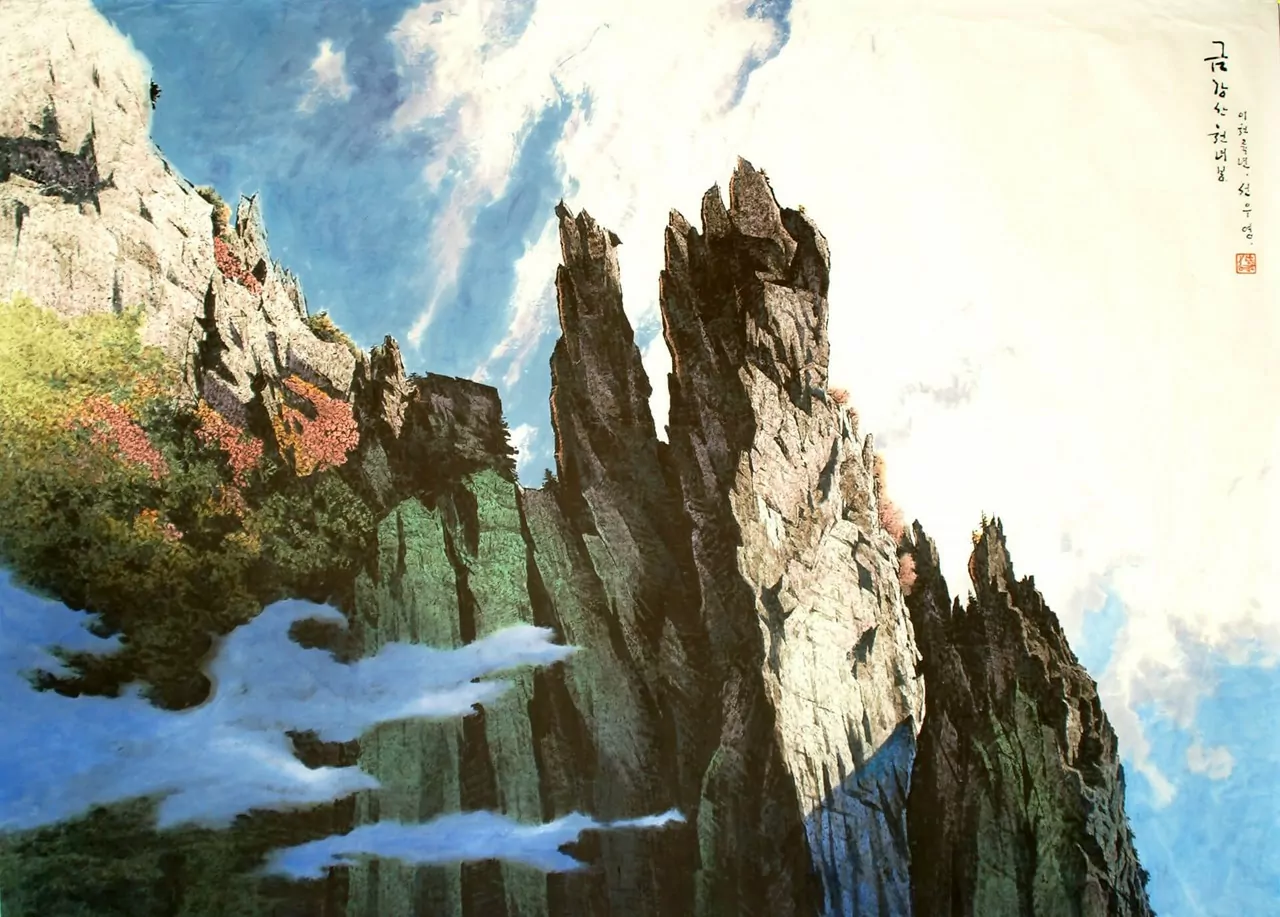How Korean Paintings are Redefining the Art Investment Landscape?
Recently, the art world has witnessed a renewed interest in Korean paintings, now regarded as a new commodity for collectors to invest in.
This once-overlooked art form is now attracting attention from inventors worldwide, who recognize these captivating works’ distinctive styles and rich history. Let’s dive deeper into the world of Korean paintings and see what sets them apart from other art forms.

What makes Korean painting unique?
Korean paintings offer a one-of-a-kind blend of traditional and contemporary art styles that leaves viewers awestruck and sets them apart from other art forms. Korean artists utilize natural materials, such as mulberry paper (hanji) and homemade ink prepared from charcoal and pine soot. These materials contribute to the paintings’ organic and earthy feel, reflecting the connection between Korean culture and nature.
Korean art is characterized by delicate brushstrokes, minimalist compositions, and muted color palettes, which create a sense of harmony and balance. This aesthetic is deeply rooted in the principles of Confucianism and Buddhism, which have heavily influenced Korean art throughout its history.
Impact of Korean Art on Investing
The growing interest in Korean paintings profoundly affected the art investment market. With an increasing number of collectors and investors recognizing the potential of these works, the demand for Korean paintings has skyrocketed, leading to record-breaking auction sales.
Korean paintings also help investors diversify their portfolios, providing more options and opportunities as the market continues to grow. Each year, Korean art is becoming more and more accessible, with a wide range of price points and availability, making it an attractive option for both seasoned investors and newcomers to the art world.
When looking for Korean art for sale, check out the Kaesong Korean Art Collection – filled with hidden treasures from secretive North Korea, including works by Jong Chang Mo, Tak Hyo Yeon, Son U Yong, and Kim Sung Hui.

